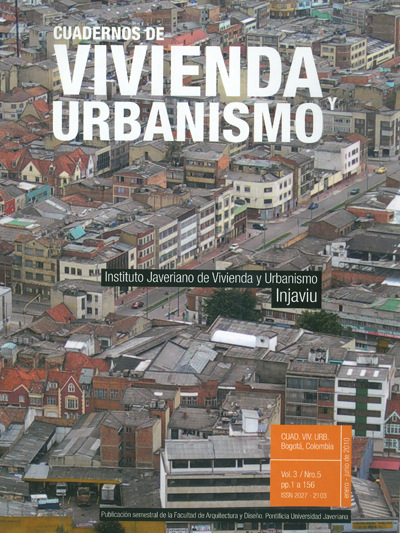Abstract
!e high and low Verjón Trails located in Bogota, 2990 m - is part of the area declared as Protected Forest Reserve Forest East of Bogota (1977) and Protective Order Forest Reserve Nacional (Law 99 of 1993), however, a former though small population of the area, was not recognized since the light of this legislation. Today, the villages are inhabited by people of all socioeconomic strata that make up a veritable kaleidoscope of use, management and fragmentation of the territory. Given the recent situation of compliance with environmental standards, residents are threatened with eviction and as a form of resistance has begun to generate di"erent strategies to remain in the area under the aegis of sustainable development and organic production. !us, another facet is implemented “to city” in the Colombian capital. In this paper, analyzing the construction of “cultural routes” that have begun to be implemented in the area to generate income in a sustainable manner without causing more damage to mountain ecosystems, sensitive, and operated to excess.
This journal is registered under a Creative Commons Attribution 4.0 International Public License. Thus, this work may be reproduced, distributed, and publicly shared in digital format, as long as the names of the authors and Pontificia Universidad Javeriana are acknowledged. Others are allowed to quote, adapt, transform, auto-archive, republish, and create based on this material, for any purpose (even commercial ones), provided the authorship is duly acknowledged, a link to the original work is provided, and it is specified if changes have been made. Pontificia Universidad Javeriana does not hold the rights of published works and the authors are solely responsible for the contents of their works; they keep the moral, intellectual, privacy, and publicity rights.
Approving the intervention of the work (review, copy-editing, translation, layout) and the following outreach, are granted through an use license and not through an assignment of rights. This means the journal and Pontificia Universidad Javeriana cannot be held responsible for any ethical malpractice by the authors. As a consequence of the protection granted by the use license, the journal is not required to publish recantations or modify information already published, unless the errata stems from the editorial management process. Publishing contents in this journal does not generate royalties for contributors.


